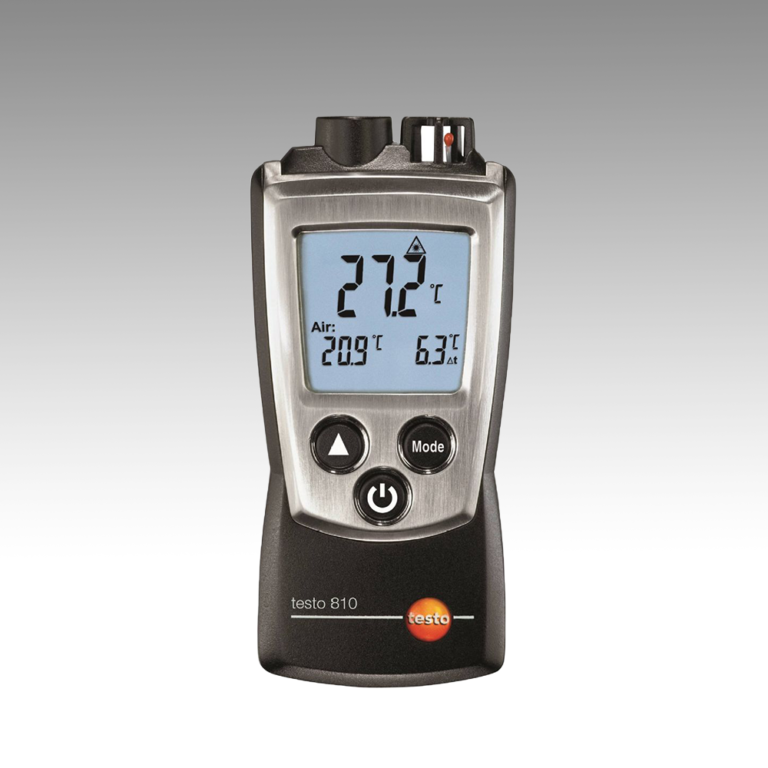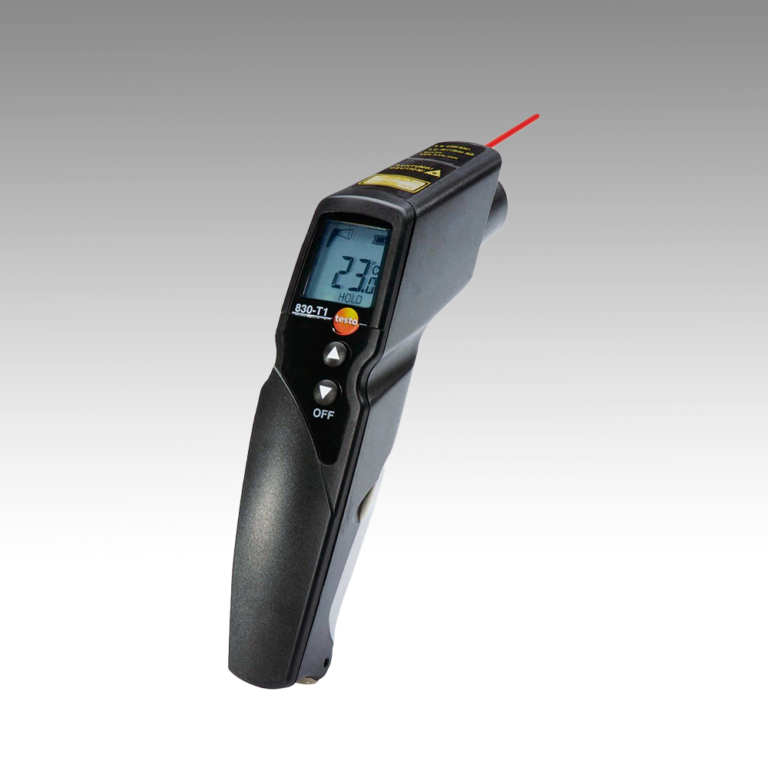Temperature Measurement
Temperature measuring instruments
- Robust construction
- High-precision sensor technology
- Comprehensive selection of probes –
customized products too - Calibration and servicing from one provider
The importance of temperature as a measuring parameter cannot be overstated. We encounter it every day, and most people have personal preferences for the precise temperature that is appropriate in various circumstances. People just perceive temperature, which is actually the biggest issue.However, for accurate and comparable findings, temperature measurement devices must be utilised. You can discover various thermometers, temperature metres, or digital thermometers at Testo depending on the use.
How to Measure Temperature
1. Thermocouples
Thermocouples are voltage instruments that use a change in voltage to indicate the measurement of temperature.The thermocouple’s output voltage increases with temperature, though not always linearly.
The thermocouple is frequently housed in a ceramic or metal shield that shields it from exposure to various conditions. Teflon is a popular outer coating option for metal-sheathed thermocouples, allowing for trouble-free operation in acids and potent caustic solutions.
2. Resistive Temperature Measuring Devices
Electrical devices are also used to measure resistance in temperature. They make use of another property of matter that changes with temperature—its resistance—instead of a voltage, as the thermocouple does. At OMEGA Engineering, Inc. in Stamford, Connecticut, we work with two different types of resistive devices: metallic resistive temperature devices (RTDs) and thermistors.
RTDs are often more linear than thermocouples. Resistance grows as temperature rises, and they grow in a positive direction. The thermistor, on the other hand, is built altogether differently. It is a very nonlinear semiconductive device whose resistance will drop as temperature increases.
3. Infrared Sensors
Non-contact sensors include infrared ones. As an illustration, if you hold a common infrared sensor up to the front of your desk without making physical contact, the sensor will radiate information about the desk’s temperature, which is most likely 68°F at standard room temperature.
Ice water will register slightly below zero degrees Celsius in a non-contact measurement due to evaporation, which slightly lowers the expected temperature result.
4. Bimetallic Devices
Bimetallic devices benefit from metals’ tendency to expand when heated. Two metals are joined together and mechanically connected to a pointer in these thermometers. The bimetallic strip will expand more than the other side when heated. The temperature reading is also indicated when correctly geared to a pointer.
5. Thermometers
The well-known liquid expansion thermometers are also used to monitor temperature. They can be divided into two categories, the mercury type and the organic, typically red, liquid kind. The distinction between the two is significant because there are restrictions on how safely mercury devices can be supplied or moved.
For instance, breaking a piece of mercury might be dangerous because it is regarded as an environmental contaminant. Before exporting, make sure to verify the regulations in place for the air transportation of mercury products.
6. Change-of-State Sensors
A change in a material’s condition caused by a change in temperature, such as the transition from ice to water to steam, is precisely what change-of-state temperature sensors measure. Devices of this type might be purchased in the form of labels, pellets, crayons, or lacquers.
Labels might be applied to steam traps, for instance. The white dot on the label will turn black to show that the temperature has increased when the trap needs to be adjusted because it gets hot first. Even if the temperature returns to normal, the dot stays black.
7. Silicon Diode
A gadget created especially for the cryogenic temperature range is the silicon diode sensor. The conductivity of the diode increases linearly in the low cryogenic areas, making them essentially linear devices.
Whatever sensor you use, it probably won’t be working by itself. The selection of the sensor will rely on how it will be integrated into a system because the majority of sensor options overlap in temperature range and precision.





